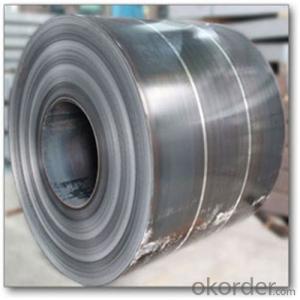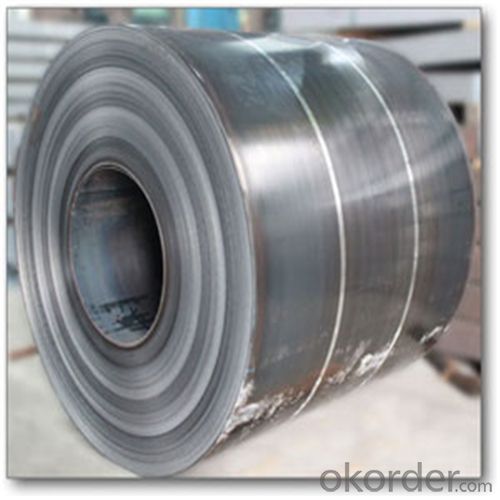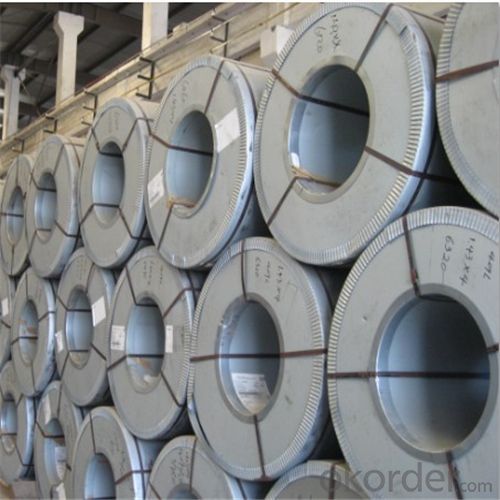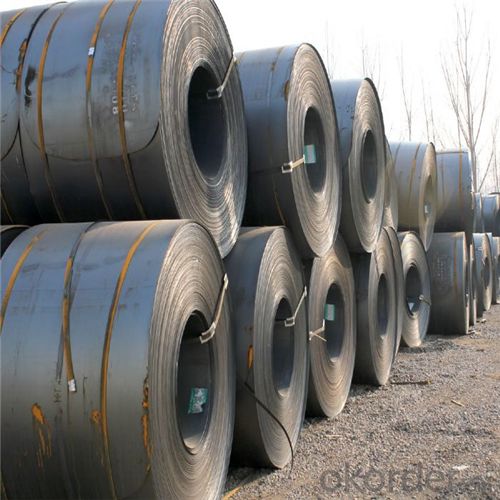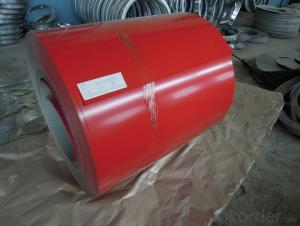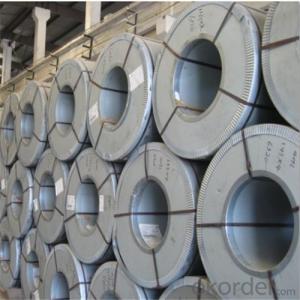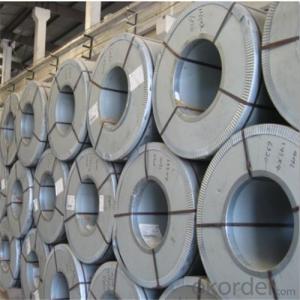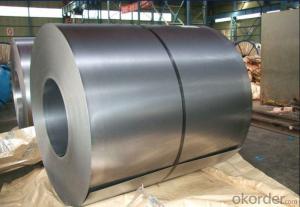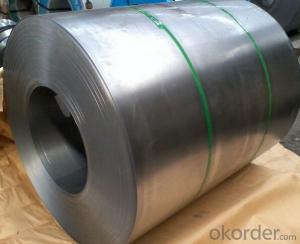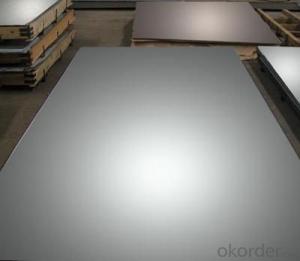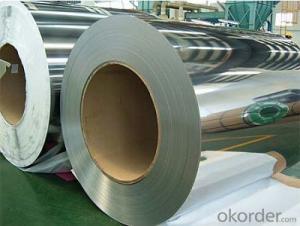Hot Rolled Steel Coil Used for Industry with Very Competitive Price
- Loading Port:
- Tianjin
- Payment Terms:
- TT OR LC
- Min Order Qty:
- 50 m.t.
- Supply Capability:
- 10000 m.t./month
OKorder Service Pledge
OKorder Financial Service
You Might Also Like
Hot Rolled Steel Coil Used for Industry
1.Structure of Hot Rolled Steel Coil Description
Rolled to its final dimensions while it’s hot enough to scale, our hot-rolled steel is an amalgamation of the various qualities of steel. It can be in the form of plates, sheet and coils. Our Hot-Rolled Steel Sheets and Coils are applied to a wide range of uses such as automobile, electrical appliance, machinery manufacturing, container manufacturing, shipbuilding, bridge, pipeline, and receive high acclaim from our customers for its excellent quality.
2.Main Features of the Hot Rolled Steel Coil
•High Purity
•Easy control and operation
•High strength
•Fast melting
•Competitive price
•Best Service
3. Cold Rolled Steel Coil Images


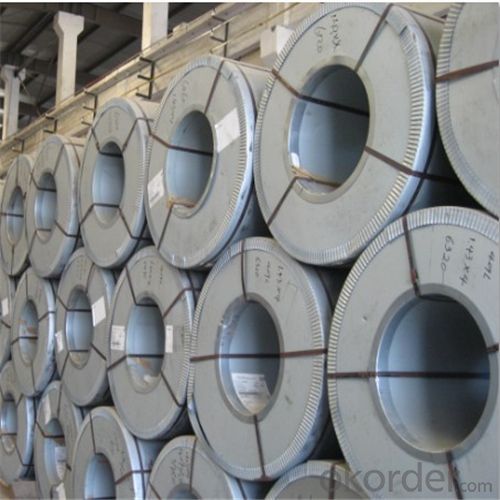
4. Hot Rolled Steel Coil Specification
HOT ROLLED STEEL COIL | |
Thicknenss | 1.5mm-25mm |
Width | 600mm-2000mm |
Sheets length | ---- |
Coil inner diameter | 762mm |
Surface treatement | ---- |
Coil weight | ---- |
5.FAQ of Hot Rolled Steel Coil
We have organized several common questions for our clients,may help you sincerely:
①How about your company?
A world class manufacturer & supplier of castings forging in carbon steel and alloy steel,is one of the large-scale professional investment casting production bases in China,consisting of both casting foundry forging and machining factory. Annually more than 8000 tons Precision casting and forging parts are exported to markets in Europe,America and Japan. OEM casting and forging service available according to customer’s requirements.
②How to guarantee the quality of the products?
We have established the international advanced quality management system,every link from raw material to final product we have strict quality test;We resolutely put an end to unqualified products flowing into the market. At the same time, we will provide necessary follow-up service assurance.
③How long can we receive the product after purchase?
In the purchase of product within three working days, We will arrange the factory delivery as soon as possible. The pecific time of receiving is related to the state and position of customers.Commonly 7 to 10 working days can be served.
- Q: How are steel coils coated for added protection?
- To enhance their durability and resistance to corrosion, steel coils undergo a process known as coil coating, wherein a protective layer is applied onto their surfaces. There are several methods employed to coat steel coils, but the most commonly used one is the continuous coil coating process. Under this process, the steel coil is unwound and extensively cleansed to eliminate any contaminants or impurities on its surface. This step ensures proper adhesion of the coating material. Once the steel coil is cleansed, it undergoes a pre-treatment to enhance its surface properties. Typically, this involves the application of a chemical solution or a conversion coating onto the coil's surface. The aim of this step is to create a surface that is receptive to the coating material and improves its adhesion. Following the pre-treatment, the steel coil is coated with a protective layer, which can be in the form of liquid paint, powder coating, or a combination of both. The coating material is applied evenly onto the coil's surface using techniques like roll coating, spray coating, or electrostatic coating. Once the coating is applied, the steel coil is cured or dried using heat or, in some cases, ultraviolet light. This curing process ensures a strong bond between the coating material and the steel surface, resulting in the desired protective properties. The coated steel coil then undergoes inspection to ensure quality control measures like thickness, adhesion, and appearance are met. If the specifications are satisfied, further processing may take place, involving cutting, slitting, or forming the coil into the desired shape or size. In conclusion, the process of coating steel coils for added protection involves thorough cleansing, pre-treatment, application of a protective coating, curing, and quality control. This ensures that the steel coils exhibit excellent resistance to corrosion, abrasion, and other environmental factors, making them suitable for a wide range of applications across various industries.
- Q: What bike companies make the best Steel Road bikes?
- Lots of good companies out there. Surly Pacer is one to check out.
- Q: What are the advantages of using hot-rolled steel coils?
- Hot-rolled steel coils offer several advantages. Firstly, they have a higher strength-to-weight ratio, making them suitable for applications that require strong and durable materials. Secondly, hot-rolled steel coils have better formability, allowing for easier shaping and manipulation during fabrication. Additionally, these coils have a smoother surface finish, making them more aesthetically appealing and suitable for applications that require a polished appearance. Lastly, hot-rolled steel coils are generally more cost-effective compared to other steel manufacturing processes, making them a preferred choice for various industries.
- Q: They are showing on tv a special on how the new World Trade Center, building 1, is being built. Focusing on the steel and the guys fitting everything together.Where do builders go to buy all that steel framing? We do not build really tall buildings where I live so most of the steel is cut and welded on the job site. At World Trade Center 1, they seem to get the steel on trucks; already cut and welded.
- Most of the parts are cut, welded, and fabricated indoors in a welding shop at another location. Then they're trucked to the site and simply need to be bolted together. This is made possible through the use of computer aided design and modeling programs, so that parts can be made to fit almost presciently in the field. They buy the steel from steel companies. I couldn't tell you exactly where it comes from, you'd have to ask the contractors themselves.
- Q: for instance Cr-Ni steeldoes this refer to plated steel or a uniform mixture
- stainless steel is an alloy normally iron with additions of C, Mn, Ni, Cr, and Nb - amounts added depend on properties required. Corrosion resistance is due to a very thin but dense layer of chromium oxide which forms at the surface and prevents further attack. Ordinary steel on the other hand becomes coated with a porous layer of iron oxide(rust) through which the atmosphere can pass and cause further corrosion.
- Q: What are the different coil packaging options available for steel coils?
- Customers have a range of coil packaging options to choose from for steel coils, depending on their specific requirements and preferences. Some commonly used packaging options include the following: 1. Traditional steel strapping is used to secure the coil, ensuring excellent stability and protection during transportation and storage. 2. Plastic strapping is a lighter and more cost-effective alternative to steel strapping, suitable for smaller and lighter steel coils while still providing sufficient strength and protection. 3. Shrink wrapping involves using heat to tightly seal a plastic film around the steel coil, offering protection against moisture, dust, and other contaminants. 4. Wooden crates provide additional protection against physical damage during handling and transportation. They can be customized to fit the coil's dimensions and secured with straps or nails. 5. Coil covers are heavy-duty plastic or fabric covers that shield the steel coil from environmental factors like UV exposure, moisture, and dust. They are often used in combination with other packaging methods. 6. Paper or fiberboard wrapping offers a lightweight and cost-effective solution for protecting the coil against minor scratches and abrasions. 7. Customized packaging allows for a combination of the above options or tailor-made solutions based on specific requirements. This may involve additional padding, corner protectors, or special handling instructions to ensure safe transportation and storage. Customers should consider factors such as coil size, weight, transportation mode, storage conditions, and budget to choose the most suitable coil packaging option for their needs.
- Q: What are the different methods of coating steel coils?
- There exist numerous techniques for coating steel coils, each offering distinct advantages and applications. A few of the most prevalent methods comprise: 1. Hot-dip galvanizing: The process entails immersing the steel coils in molten zinc. This results in a protective layer forming on the steel's surface, thereby providing exceptional corrosion resistance and durability. 2. Electro-galvanizing: This method applies a layer of zinc to the steel coils using an electroplating procedure. It delivers a similar level of corrosion resistance as hot-dip galvanizing but with a thinner coating. 3. Electro-coating (E-coating): Also known as electrodeposition, this approach involves submerging the steel coils in a bath containing electrically charged particles of paint or resin. By applying an electrical current, these particles adhere to the steel's surface. E-coating provides outstanding corrosion protection and is often used as a primer before applying additional coatings. 4. Powder coating: Steel coils can undergo a dry powder paint application that utilizes electrostatic charging, followed by baking the coating onto the surface. This technique provides a wide array of colors, finishes, and textures, thus offering both aesthetic appeal and corrosion resistance. 5. Organic coatings: These coatings, such as paints or lacquers, are applied to the steel coils using various methods like spray, roller, or dip coating. Organic coatings offer protection against corrosion while also allowing for customizable colors and finishes. Each method of coating steel coils possesses its own set of advantages and is chosen based on the desired level of corrosion resistance, appearance, and specific end-use requirements.
- Q: How are steel coils manufactured?
- Steel coils undergo a series of procedures that convert raw materials into the end product. The manufacturing journey commences with the extraction of iron ore, which is later smelted in a blast furnace to yield pig iron. The pig iron is then refined in a basic oxygen furnace to eliminate impurities and regulate the carbon content. Once the molten steel is acquired, it is continuously molded into substantial slabs or billets. These slabs are subsequently rolled into thinner sheets or strips through hot rolling. This process entails passing the steel through a sequence of high-pressure rollers that reduce its thickness and shape it to the desired dimensions. Simultaneously, the steel undergoes treatment to enhance its mechanical attributes, such as strength and hardness. Following hot rolling, the steel is pickled and cleansed to eliminate any scale or impurities on its surface. It is then cold rolled to further decrease its thickness and improve its surface finish. Cold rolling necessitates passing the steel through a set of rollers at room temperature, thus augmenting its strength and dimensional accuracy. To form steel coils, the cold-rolled steel is typically tightly wound into a large coil shape. This is accomplished by feeding the steel strip through a sequence of rollers that gradually spiral it. Subsequently, the coils are typically annealed to alleviate internal stresses and enhance the material's formability. Lastly, the steel coils are coated or treated, depending on their intended application. This may involve the application of a protective coating, such as zinc or paint, to enhance corrosion resistance, or the provision of a specific surface treatment to improve adhesion in subsequent processes. All in all, the manufacture of steel coils is a multifaceted procedure encompassing stages such as smelting, casting, hot rolling, cold rolling, coiling, and surface treatment. Each step contributes to the quality and properties of the final product, ensuring that steel coils fulfill the required specifications for diverse industrial applications.
- Q: We all know that when we drop a small steel ball (size 3mm diameter; weight 1.10 grams) and a paper (size 11.7 inches length and 8.3 inches breadth; weight 4.5 grams) from a height. The steel ball will win the race to the ground due to its aerodynamic structure.Now imagine the same steel ball with the same weight converted to the structure similar that of paper. What will be the result? Which object will fall first; steel sheet or paper?
- In okorder /... 11.7x8.3 inch paper 97.11 square inches 0.062651488 sq meters at 4.5gm is a non-standard 19 pound bond ledger paper, but that is OK, because at least it is in range. 38 gauge steel sheets are about the thinnest that hold their structure 0.00625 thick 1221 g/m? or, at 11.7x8.3 76.5grams So, with this data at hand we can better visualize the situation. Paper of 0.00625 thick in the size shown is 35# paper 131.68 g/m? 8.25grams Steel is higher in density than paper, so you cannot get the same size and air flow without it being lighter in weight than the steel and the air resistance would be lower for the heavier item, so steel of the same shape and thickness as paper falls faster. Suppose you want paper heavier than steel for the same area, then the thickness increases. Will a steel sheet 0.00625 thick and 11.7x8.3 inch size 76.5gm fall faster or slower than a 9 or 10 times thicker paper sheet? If it was able to hold flat in each type the thicker paper should get more backflow behind it aerodynamically and fall faster than an equal weight thinner steel sheet as my guess, but I don't have those numbers. The steel will always be heavier than the paper for the same exact shape and thickness by about 9x. My answer here is difficult, but the question has some flaws to think about.
- Q: Can steel coils be coated with magnetic materials?
- Yes, steel coils can be coated with magnetic materials. The coating process typically involves applying a thin layer of magnetic material, such as nickel or zinc, to the surface of the steel coils. This coating enhances the magnetic properties of the steel, making it more suitable for specific applications that require magnetism.
Send your message to us
Hot Rolled Steel Coil Used for Industry with Very Competitive Price
- Loading Port:
- Tianjin
- Payment Terms:
- TT OR LC
- Min Order Qty:
- 50 m.t.
- Supply Capability:
- 10000 m.t./month
OKorder Service Pledge
OKorder Financial Service
Similar products
Hot products
Hot Searches
Related keywords
